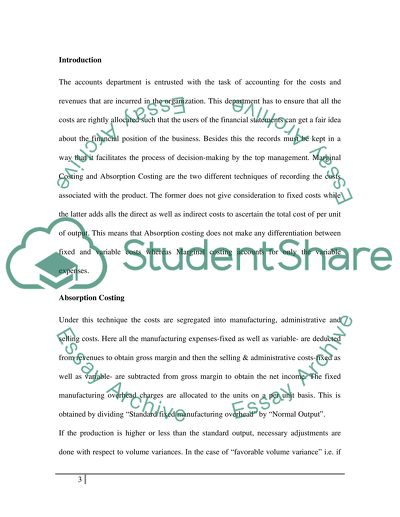Cite this document
(Difference between Marginal and Absorption Costing Term Paper - 1, n.d.)
Difference between Marginal and Absorption Costing Term Paper - 1. Retrieved from https://studentshare.org/finance-accounting/1568544-accounting-and-finance
Difference between Marginal and Absorption Costing Term Paper - 1. Retrieved from https://studentshare.org/finance-accounting/1568544-accounting-and-finance
(Difference Between Marginal and Absorption Costing Term Paper - 1)
Difference Between Marginal and Absorption Costing Term Paper - 1. https://studentshare.org/finance-accounting/1568544-accounting-and-finance.
Difference Between Marginal and Absorption Costing Term Paper - 1. https://studentshare.org/finance-accounting/1568544-accounting-and-finance.
“Difference Between Marginal and Absorption Costing Term Paper - 1”. https://studentshare.org/finance-accounting/1568544-accounting-and-finance.


